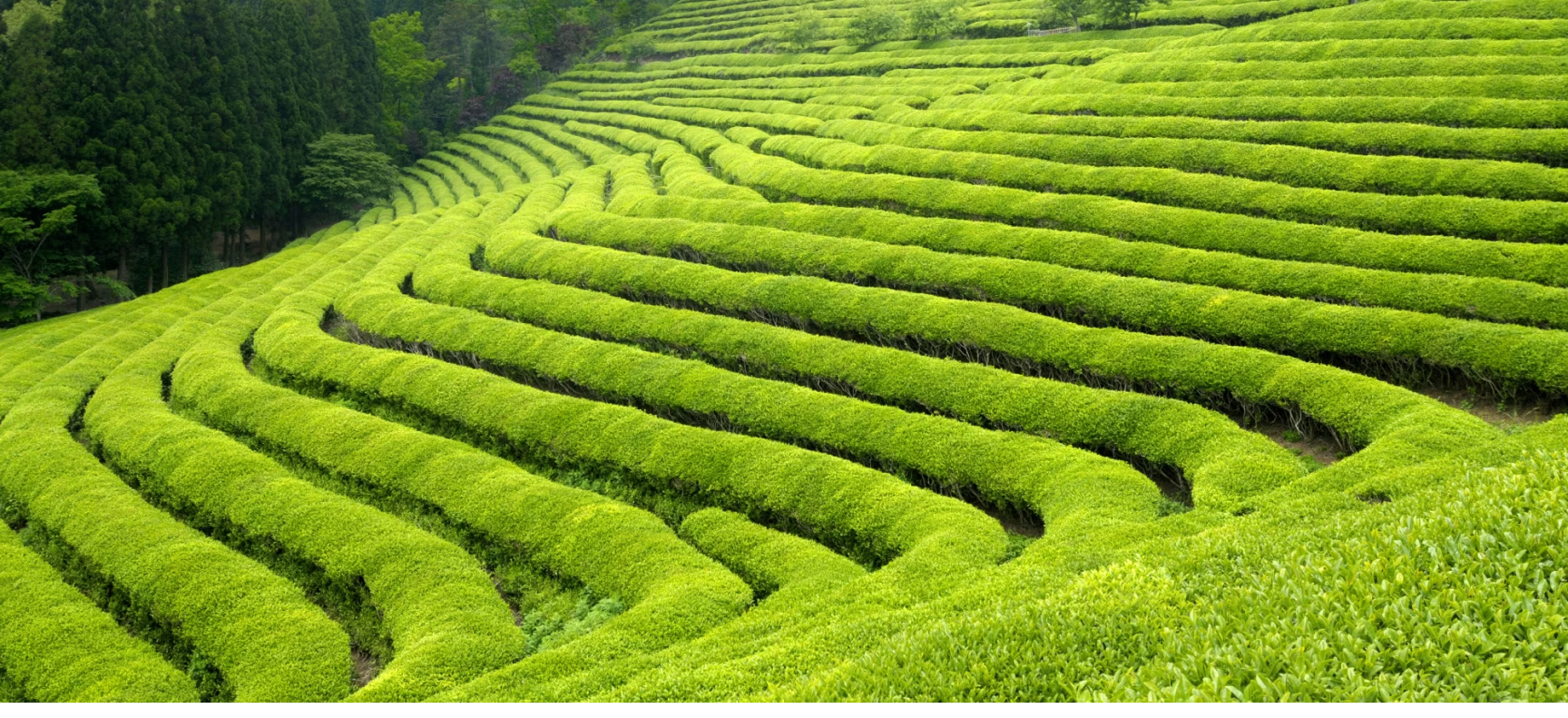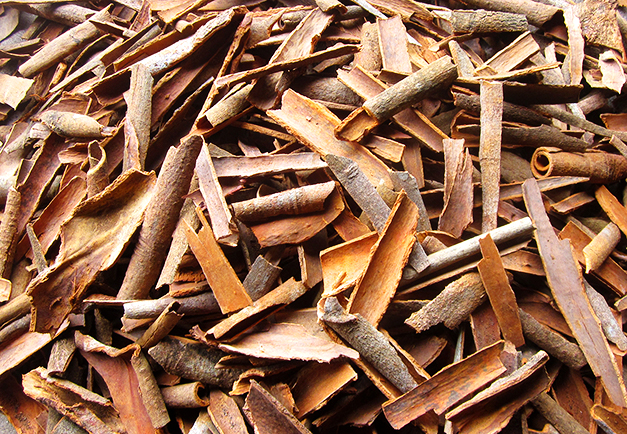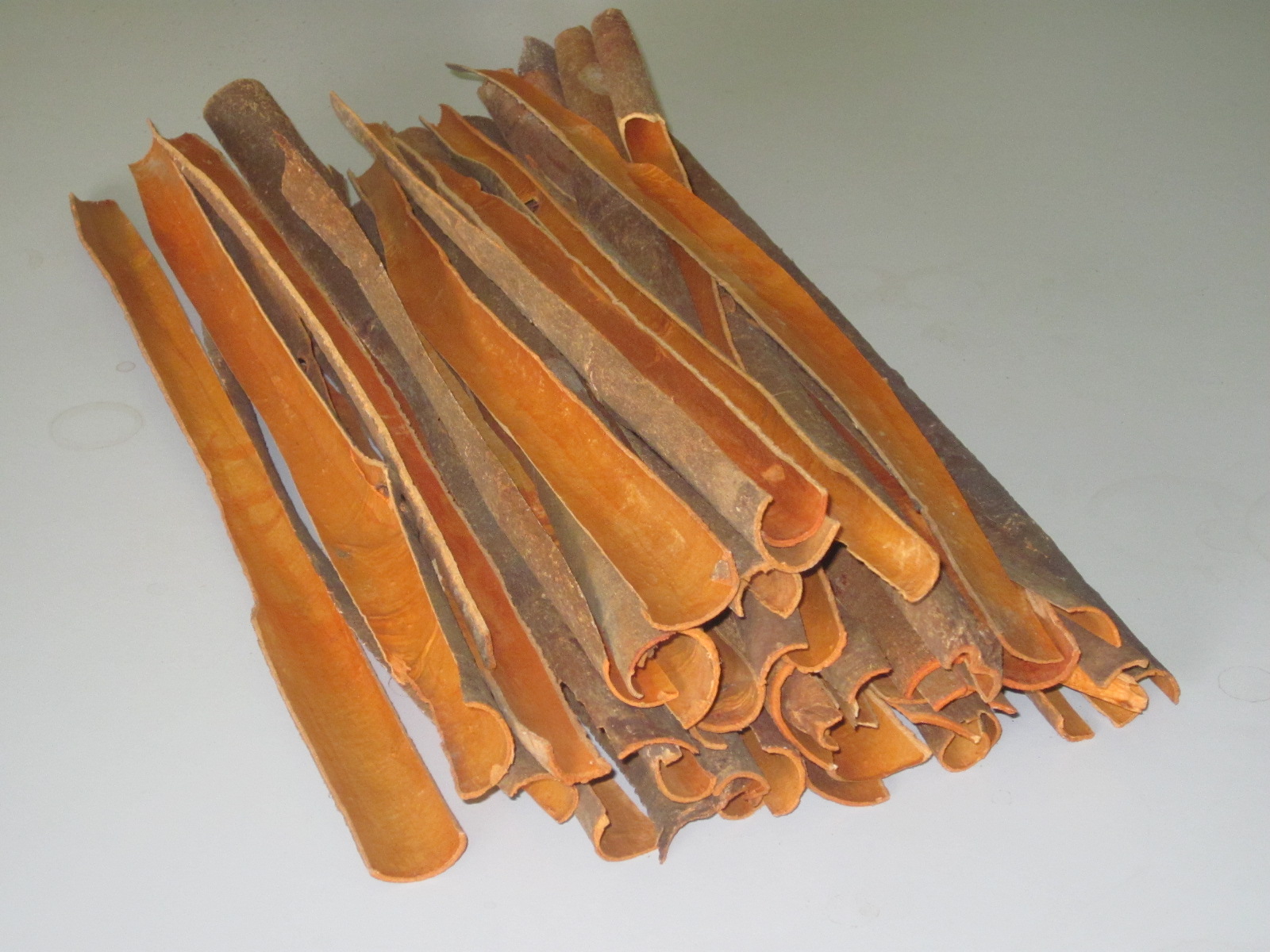
Vietnamese broken cinnamon
Category:
- Humidity : 13.5% max
- Impurities : < 1%
- Length : 2-15cm
- Packaging : according to customer's request
- Loaded : 8 tons/20FT, 18 tones/40FT
- Origin : Vietnam
CULTIVATION REGION OF CASSIA
Cassia in Vietnam, scientifically known as Cinnamon Cassia, is a unique cinnamon variety globally renowned for its high essential oil content (3-5%). It is widely used in the food and beverage industry, sought after by many top chefs.
Cassia belongs to the category of long-standing woody plants, with gray-brown bark and evergreen leaves. It averages 18-20m in height, with a diameter of trunk is up to 40-50cm. Both bark and leaves emit a pleasant aroma.
Being a tropical plant, Cassia thrives in moist, rainy regions, preferring clayey soils mixed with sand that drain well. The more a plant grows, the more light it requires.
Cassia cultivation is concentrated in several provinces in Vietnam such as Yen Bai, Quang Ninh, Thanh Hoa, Nghe An, Quang Nam, and Quang Ngai, …


CULTIVATION AND HARVESTING
Cassia is cultivated through seeding or stem cutting methods, with seeding being more commonly practiced. Plants which are grown to obtain seeds, are marked for nurturing to obtain seeds over several years.
Cassia is primarily planted in the Spring season, or in the Fall after rainy periods, requiring consistently moist soil. Seedlings, aged 1-1.5 years and about 50-70cm tall, are planted.
Each Cassia tree can have its bark harvested once and then be cut down, or the bark can be harvested multiple times over several years. In mass production, due to high demand, it’s common to harvest all trees at once. This has the advantage of being a concentrated product in large quantities and easy to apply.
There are two harvesting seasons for Cassia bark: February-March (Spring season) and August-September (Fall season). Export-quality Cassia bark must have an essential oil content of 3-5%, a crucial factor determining the product’s value.
PROCESSING AND PACKAGING
VIPSEN collaborates with Cassia processing facilities meeting export standards in large cultivation regions in Yen Bai province, Vietnam. From cultivation, nurturing seedlings, caring, harvesting, to processing, VIPSEN’s team of experts closely monitors and inspects every step.
Broken Cassia Cinnamon are collected from the broken parts of split cassia, broken cassia, branch scraps, and leftovers from the cassia cutting process… Broken cassia have a large output and meet continuous demand.
Packaging: as per customer’s request.
VIPSEN’s Broken Cassia products are certified for food safety, including ISO22000, GMP, and HACCP certifications.
















